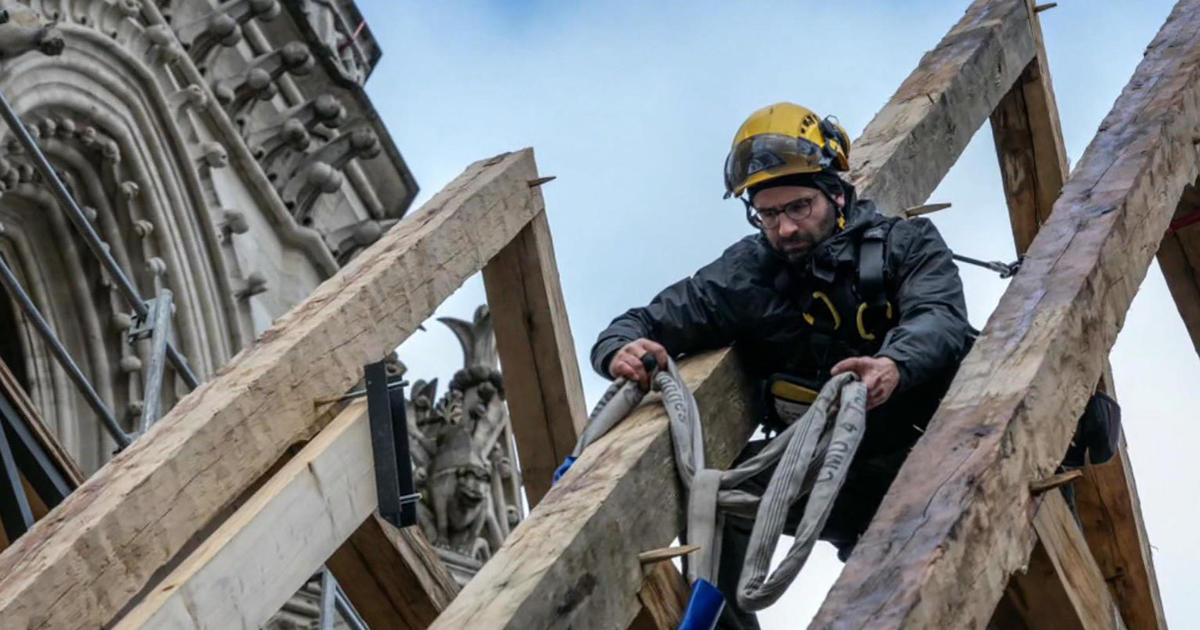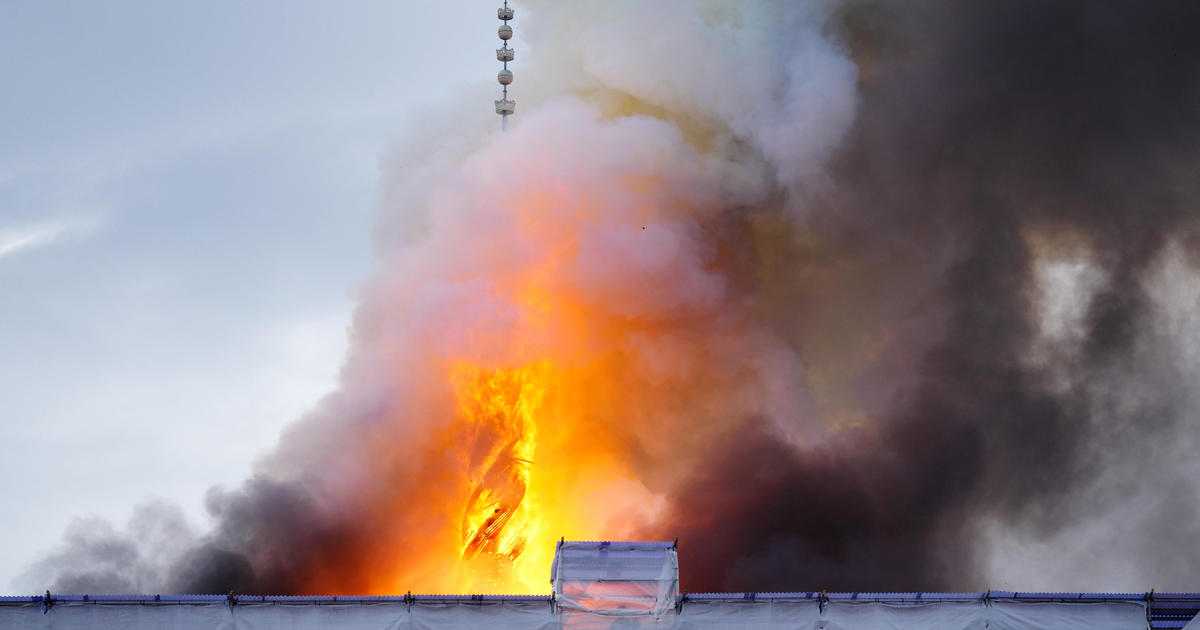Church fires and arson: How safe is any house of worship?
- The biggest fire danger to historic churches is structural, enhanced by candles and other "sources of ignition."
- As church attendance declines, less money is available for safety upgrades -- and adequate insurance.
- That's especially true for thousands of houses of worship that aren't famous or historic landmarks.
When fire toppled the famous spire of Paris's 850-year-old Notre Dame Cathedral last week, people around the world asked a similar question. Could this happen to my church, synagogue or mosque? The short answer is, yes. "There are literally thousands of historic churches across the U.S., incredibly valuable to any given community," said Tony McLaughlin, vice president at Gallagher Bassett, the claims division of insurance broker Gallagher. "And there's a church fire somewhere every day."
"I thought of St. Patrick's," said New York Cardinal Timothy Dolan, "and thought, 'Oh my Lord, are we safe?'" He had every right to be concerned. Notre Dame was in the midst of a $6.8 million renovation when it caught fire, gutting the entire roof. St. Patricks, the cardinal's "home church," had just undergone a $177 million facelift, and adding to his concern, an alleged arsonist entered the Midtown Manhattan cathedral later in the week with gas cans and lighter fluid.
St. Patrick's was lucky, but also careful. Security is tight around the Fifth Avenue structure, and police with automatic weapons guarded Easter Sunday parishioners. Renovations of its upper floors included spraying the 141-year-old roof with fire retardant and setting up "misting machines" to keep its aged wood from becoming too dry.
In one sense, Notre Dame is also lucky. More than $1 billion has been pledged by corporate giants such as L'Oréal and Total, as well as an Ivory Coast kingdom, for its five-year rebuilding program.
But other churches, synagogues and mosques may not fare as well. Critics are already damning the "social imbalance" between famous houses of worship and the historic but not as well-known ones, which seem to be losing ground in the U.S. and elsewhere. These religious structures may be holy to those who worship there, but when it comes to upgrading them against fires, providing security against arson and vandalism or insuring them, the money just isn't there.
Less cash in the collection plate
As Christians and Jews celebrated Easter and Passover last week, the Gallup organization released a disturbing poll. "The percentage of Americans who report belonging to a church, synagogue or mosque has now fallen to an all-time low, averaging 50 percent in 2018," said Gallup. That's down from 70 percent in the last 20-odd years.
This translates to less money in the collection plate -- and less protection for churches already shuttering their doors and "merging," even between two different faiths. The problem is worst in the inner cities, where many of the most historic churches are located.
There's no denying that houses of worship are becoming more vulnerable -- both from within to accidental damage and outside from arsonists and terrorists who view them as easy targets. In Sri Lanka, nearly 300 people were killed and hundreds more injured by suicide bombers at three Catholic churches and three hotels catering to foreigners. In Louisiana, three black churches were recently torched, allegedly by an apparent racist.
Other religions are also seeing conflagrations. Shortly after Notre Dame Cathedral caught fire, the ancient Al-Aqsa Mosque in Jerusalem also suffered a blaze.
What puts churches at risk
Churches are especially vulnerable because, unlike museums and other historical structures, they're often empty or intentionally left open for worshipers. Religious events and rites often include real candles and incense burning. And communal meals are cooked in church basements. "Sources of ignition are found everywhere," said spokesperson Loretta Worters of the Insurance Information Institute, which represents property-casualty insurers.
But the biggest danger is structural. The old houses of worship are mostly made from wood, and even stone structures like Notre Dame are supported by massive oak beams and have a wooden roof. "The 55 acres of dry oak in that church were like kindling," says Robert Solomon, director of the National Fire Protection Association, who recently visited the Paris cathedral.
This aging wood becomes even more vulnerable when "mixing the old with the new," said Peter Persuitti, managing director of broker Gallagher's religious practice. The Notre Dame fire apparently started from an electrical short in the elevator that went up to the ill-fated spire, and it had time to spread rapidly, thanks to a "computer glitch" in the alarm system that gave the wrong location.
Priceless artifacts
All of this raises the question of whether it makes sense to renovate. An estimated three-quarters of all churches are not sprinklered, according to Church Mutual Insurance Co. And no one wants to look at an altar and see sprinkler heads.
Given the lack of money, another question concerns whether churches have enough insurance to cover fire losses, which could include an historic pipe organ, stained glass windows and relics. French firemen bravely rushed into the Notre Dame to save the priceless "Crown of Thorns." But again, luck (or a higher power?) was on their side.



